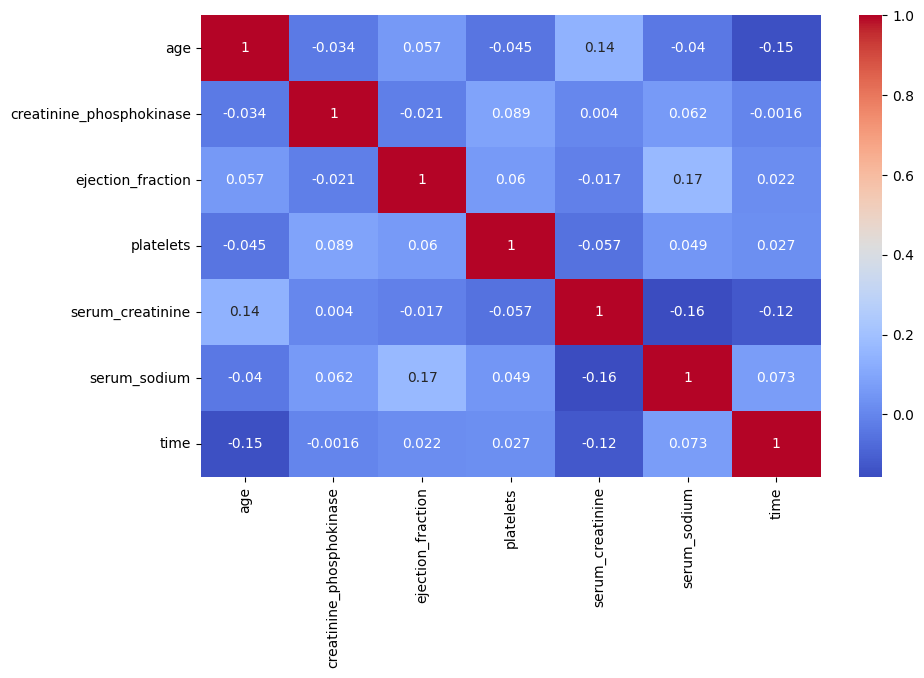Synthetic Cardiovascular Disease Patient Records Dataset
Patient Health Records & Digital Health
Tags and Keywords
Trusted By




"No reviews yet"
£179.99
About
The Synthetic Cardiovascular Disease Dataset is designed for educational and research purposes to analyze health-related factors contributing to cardiovascular disease risk. It provides anonymized, synthetic data on individuals’ demographic, medical, and lifestyle factors.
Dataset Features
- age: Age of the individual (in years).
- anaemia: Presence of anaemia (Yes/No).
- creatinine_phosphokinase: Level of creatine phosphokinase enzyme (U/L).
- diabetes: Presence of diabetes (Yes/No).
- ejection_fraction: Percentage of blood leaving the heart per contraction.
- high_blood_pressure: Presence of high blood pressure (Yes/No).
- platelets: Platelet count (per mL).
- serum_creatinine: Level of creatinine in the blood (mg/dL).
- serum_sodium: Level of sodium in the blood (mEq/L).
- sex: Gender of the individual (M/F).
- smoking: Smoking status (Yes/No).
- time: Follow-up period (days).
- death_event: Cardiovascular-related death occurrence (Yes/No).
Distribution


Usage
This dataset can be used for the following applications:
- Cardiovascular Disease Risk Prediction: Build models to predict cardiovascular disease and mortality risk based on health indicators.
- Health Behavior Analysis: Study the impact of anaemia, diabetes, and smoking on cardiovascular health.
- Medical Research: Explore correlations between blood markers and cardiovascular outcomes.
- Preventative Healthcare: Identify key predictors to inform early detection and prevention strategies.
- Policy and Decision Making: Provide insights into cardiovascular health trends to guide public health initiatives.
Coverage
This synthetic dataset is anonymized and adheres to data privacy standards. It represents diverse demographics and health profiles, enabling broad applications in healthcare research and analysis.
License
CC0 (Public Domain)
Who Can Use It
- Data Scientists and Machine Learning Practitioners: For classification tasks related to cardiovascular disease prediction and risk analysis.
- Healthcare Researchers: To study risk factors and prevalence of cardiovascular disease in a synthetic population.
- Public Health Professionals: For insights into cardiovascular health trends and preventative care.
- Educators and Students: As a teaching resource for analyzing health-related datasets and building predictive models.
Loading...
£179.99
Download Dataset in CSV Format
Recommended Datasets
Loading recommendations...
